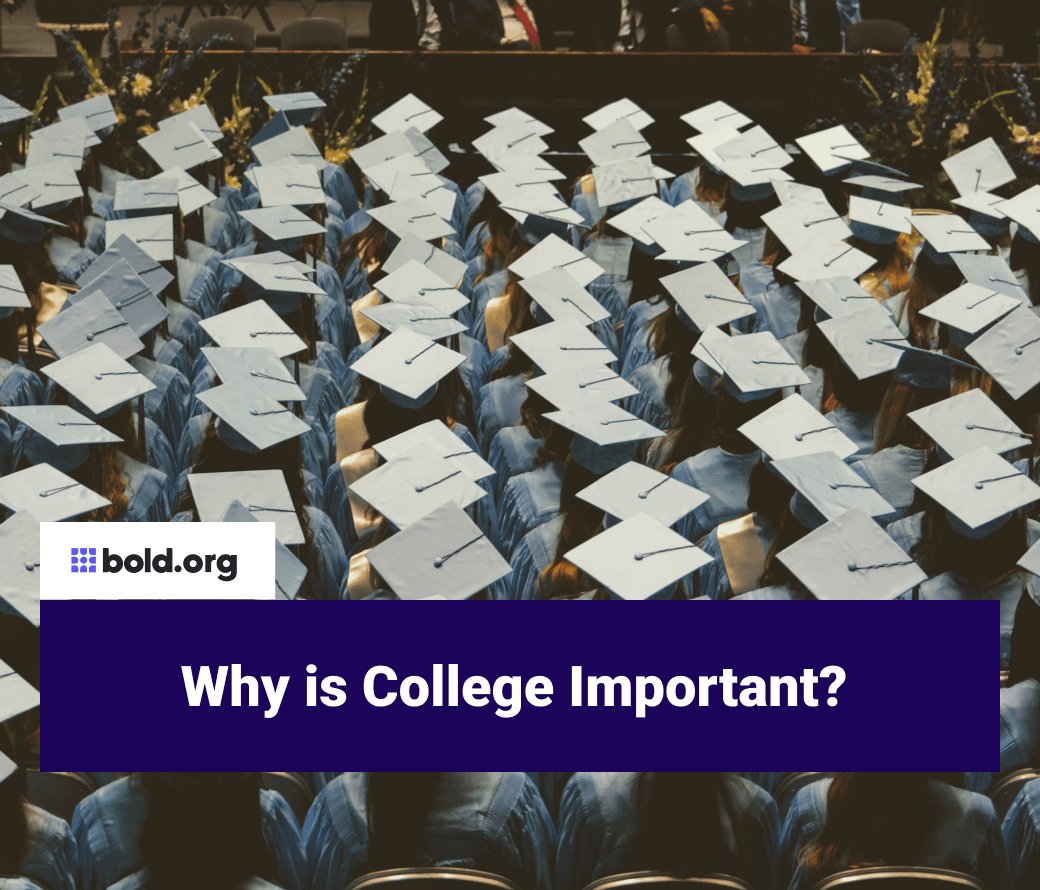Table of Contents
The Rise of Blended Learning
Blended learning has gained significant popularity in higher education institutions in recent years. This innovative approach combines traditional face-to-face classroom instruction with online learning activities, creating a hybrid learning experience that maximizes the benefits of both methods.
The Benefits of Blended Learning
Blended learning offers numerous benefits to both students and educators. It provides flexibility and convenience, allowing students to access course materials and participate in discussions at their own pace. It also promotes active learning, as students engage with the content through various online activities and multimedia resources.
Improved Student Engagement
Blended learning encourages active participation and collaboration among students. Online discussions, group projects, and interactive quizzes foster a sense of community and engagement, enhancing the overall learning experience.
Personalized Learning Experience
With blended learning, students can tailor their learning experience to their individual needs and preferences. They can review materials, watch videos, and complete assignments at their own pace, allowing for a more personalized and flexible approach to education.
Blended Learning Models
There are various models of blended learning that institutions can adopt, depending on their goals and resources. Some common models include:
| Model | Description |
|---|---|
| Rotation Model | Students rotate between online learning and face-to-face instruction, either on a fixed schedule or based on individual needs. |
| Flex Model | Students have control over the time, place, and pace of their learning, with online resources and support available. |
| Self-Blend Model | Students supplement their traditional courses with online learning resources to enhance their understanding of the subject matter. |
| Online Lab Model | Students complete the majority of their coursework online, with occasional face-to-face meetings for labs or assessments. |
Implementing Blended Learning
Implementing blended learning requires careful planning and consideration. Educators must design engaging online activities, provide adequate support and resources, and ensure seamless integration between online and face-to-face components. Training and professional development opportunities should also be provided to help instructors navigate the challenges and maximize the benefits of blended learning.
The Future of Higher Education
Blended learning is poised to revolutionize higher education. As technology continues to advance, the possibilities for innovative learning experiences are endless. By embracing blended learning models, institutions can create a more inclusive, accessible, and effective educational environment that prepares students for the challenges of the future.





